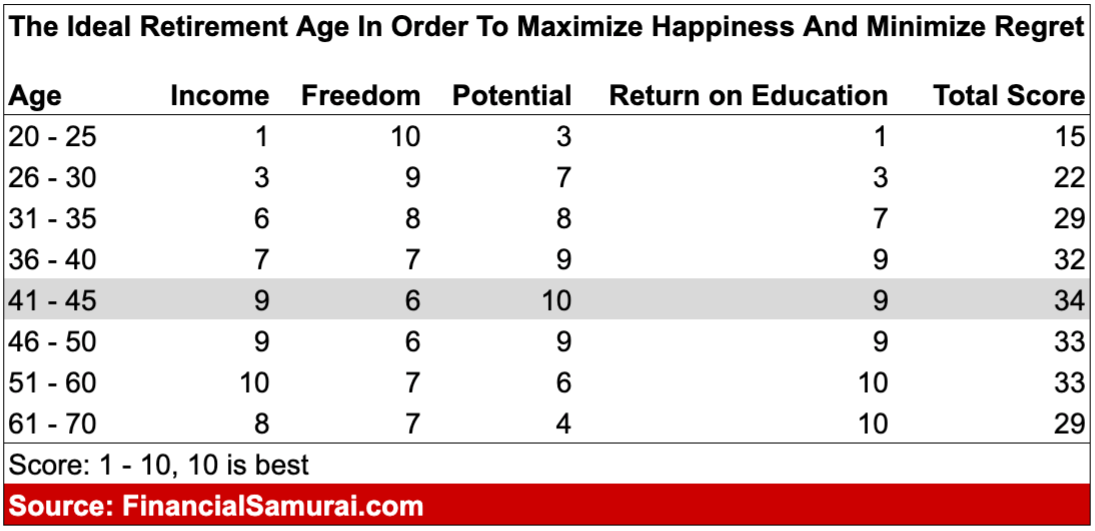
You may be curious about how Mint works on iOS if you just downloaded it. This article will cover how to add, sync, create a Budget, and use Trends. This article will also explain how to sync accounts with financial institutions. These are just a few of the many features that the app offers. Once you've got the app down, it's time to create a personal budget plan.
Budgeting tool
Register for a Mint Account to start setting a budget. The app allows you to categorize all your expenses, so you can see how much you can afford. Mint also lets you create budgets for any expenses that aren’t listed. For example, rent, groceries and other essentials. Mint can tell you if you're spending too much and provide suggestions for areas you could cut.
Mint will allow you to enter transactions and select a Category. Mint will automatically categorize your transactions. Mint allows you to add tags and re-categorize transactions. Mint can also be used to create reminders that will allow you to keep track on all the money you spend. To make sure you don't forget to pay your bills, Mint also allows you to set up automatic reminders.

Syncing to financial institutions
A major benefit of using the Mint app is the ability to sync with all of your financial institutions in one location. Mint allows you to sync all of these accounts, and will update their value each day at the close. Mint does not allow you to access your personal accounts. You can view all transactions on Mint's transaction roll. It is similar to an internet bank statement. You can see the payee and dollar amount, and you can even create a budget.
Users can customize a wide variety of notifications with Mint. Mint allows you to choose whether you want to receive notifications daily, weekly, and monthly. You can also create notifications that your spouse will receive. You can even set up reminders for bills that you're going to miss. Mint offers a personal finance tool that integrates with Quicken. Mint's insufficient investment features could make it difficult to use its robust features.
Add bills
Mint App has a financial tracking feature that will help you keep track all your bills. The dashboard shows you total balance, current balance, and due date of all your bills. To see the total balance of each account, swipe to the right or left. Mint lets you connect as many bank accounts you like. Once all your bank accounts are linked to your wallet you can view all bills in Mint at a glance.
Mint Bills can also be used to pay individuals and small businesses. In order to use Mint Bills, you must enter the name and contact information of the recipient as well as the amount to be paid. After you are set up, you will be able to sign up for recurring payment. Save recurring monthly payments by tapping Save. You can view your recurring payments from anywhere with an internet connection, even from your smartphone. It's that simple!

Trends feature
Mint app's Trends feature lets users analyze their spending habits over a period of time. This feature displays spending breakdowns by category, and shows you your net worth and assets over a specific period of time. In addition, the app also allows you to break down your expenditures by merchant and category. This means you can see your net worth over a year or more. The Trends feature is a great tool to help you make educated decisions about your finances.
The latest update allows you to modify your account categories as well as view all your spending information on one screen. You can also edit your transactions in bulk, and make changes to the categories if needed. The Trends feature has been added to the mobile version. This allows you to view your financial history and plot your relationships over time. Although the Mint app's new version isn’t as attractive as its predecessor, it offers many useful features.
FAQ
How to beat inflation with savings
Inflation is the rise in prices of goods and services due to increases in demand and decreases in supply. Since the Industrial Revolution, when people started saving money, inflation was a problem. The government attempts to control inflation by increasing interest rates (inflation) and printing new currency. However, you can beat inflation without needing to save your money.
Foreign markets, where inflation is less severe, are another option. Another option is to invest in precious metals. Two examples of "real investments" are gold and silver, whose prices rise regardless of the dollar's decline. Investors who are concerned by inflation should also consider precious metals.
What is risk-management in investment management?
Risk management is the act of assessing and mitigating potential losses. It involves the identification, measurement, monitoring, and control of risks.
Any investment strategy must incorporate risk management. The goal of risk management is to minimize the chance of loss and maximize investment return.
These are the main elements of risk-management
-
Identifying the source of risk
-
Monitoring and measuring the risk
-
Controlling the Risk
-
How to manage risk
Who Can Help Me With My Retirement Planning?
For many people, retirement planning is an enormous financial challenge. It's more than just saving for yourself. You also have to make sure that you have enough money in your retirement fund to support your family.
When deciding how much you want to save, the most important thing to remember is that there are many ways to calculate this amount depending on your life stage.
If you're married, you should consider any savings that you have together, and make sure you also take care of your personal spending. If you're single, then you may want to think about how much you'd like to spend on yourself each month and use this figure to calculate how much you should put aside.
If you are working and wish to save now, you can set up a regular monthly pension contribution. If you are looking for long-term growth, consider investing in shares or any other investments.
Get more information by contacting a wealth management professional or financial advisor.
What is wealth management?
Wealth Management can be described as the management of money for individuals or families. It covers all aspects related to financial planning including insurance, taxes, estate planning and retirement planning.
Who Should Use A Wealth Manager?
Everybody who desires to build wealth must be aware of the risks.
It is possible that people who are unfamiliar with investing may not fully understand the concept risk. Poor investment decisions could result in them losing their money.
The same goes for people who are already wealthy. It's possible for them to feel that they have enough money to last a lifetime. But they might not realize that this isn’t always true. They could lose everything if their actions aren’t taken seriously.
Every person must consider their personal circumstances before deciding whether or not to use a wealth manager.
Statistics
- Newer, fully-automated Roboadvisor platforms intended as wealth management tools for ordinary individuals often charge far less than 1% per year of AUM and come with low minimum account balances to get started. (investopedia.com)
- US resident who opens a new IBKR Pro individual or joint account receives a 0.25% rate reduction on margin loans. (nerdwallet.com)
- As of 2020, it is estimated that the wealth management industry had an AUM of upwards of $112 trillion globally. (investopedia.com)
- These rates generally reside somewhere around 1% of AUM annually, though rates usually drop as you invest more with the firm. (yahoo.com)
External Links
How To
How to beat inflation with investments
Inflation will have an impact on your financial security. It has been observed that inflation is increasing steadily over the past few years. The rate of increase varies across countries. India, for example, is experiencing a higher rate of inflation than China. This means that your savings may not be enough to pay for your future needs. You may lose income opportunities if your investments are not made regularly. So how should you deal with inflation?
Stocks can be a way to beat inflation. Stocks have a good rate of return (ROI). These funds can also be used to buy real estate, gold, and silver. However, before investing in stocks there are certain things that you need to be aware of.
First of all, you need to decide what type of stock market it is that you want. Do you prefer small or large-cap businesses? Next, decide which one you prefer. Next, understand the nature of the stock market you are entering. Do you want to invest in growth stocks or value stock? Then choose accordingly. Then, consider the risks associated to the stock market you select. There are many stocks on the stock market today. Some stocks can be risky and others more secure. Choose wisely.
Take advice from experts if your goal is to invest in stock markets. They will be able to tell you if you have made the right decision. Diversifying your portfolio is a must if you want to invest on the stock markets. Diversifying will increase your chances of making a decent profit. You risk losing everything if only one company invests in your portfolio.
You can consult a financial advisor if you need further assistance. These professionals will guide you through the process of investing in stocks. They will guide you in choosing the right stock to invest. They will help you decide when to exit the stock exchange, depending on your goals.